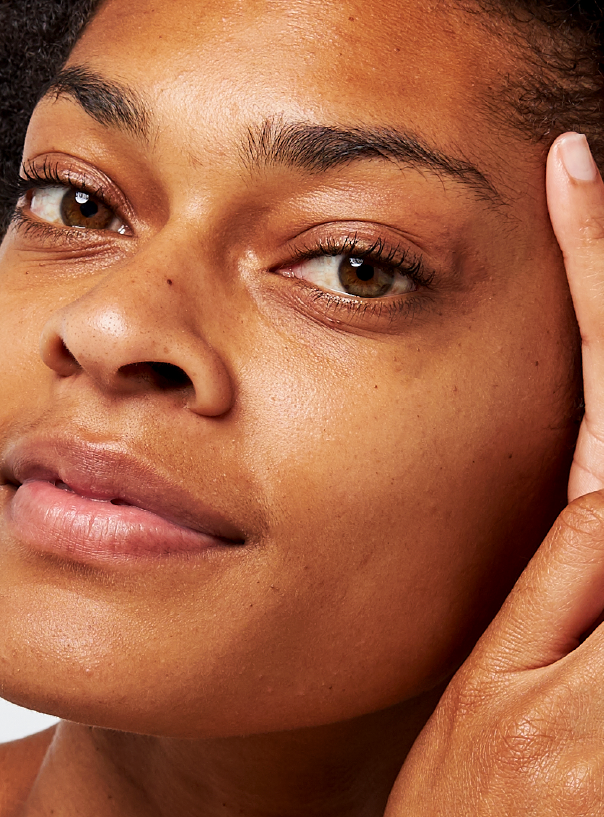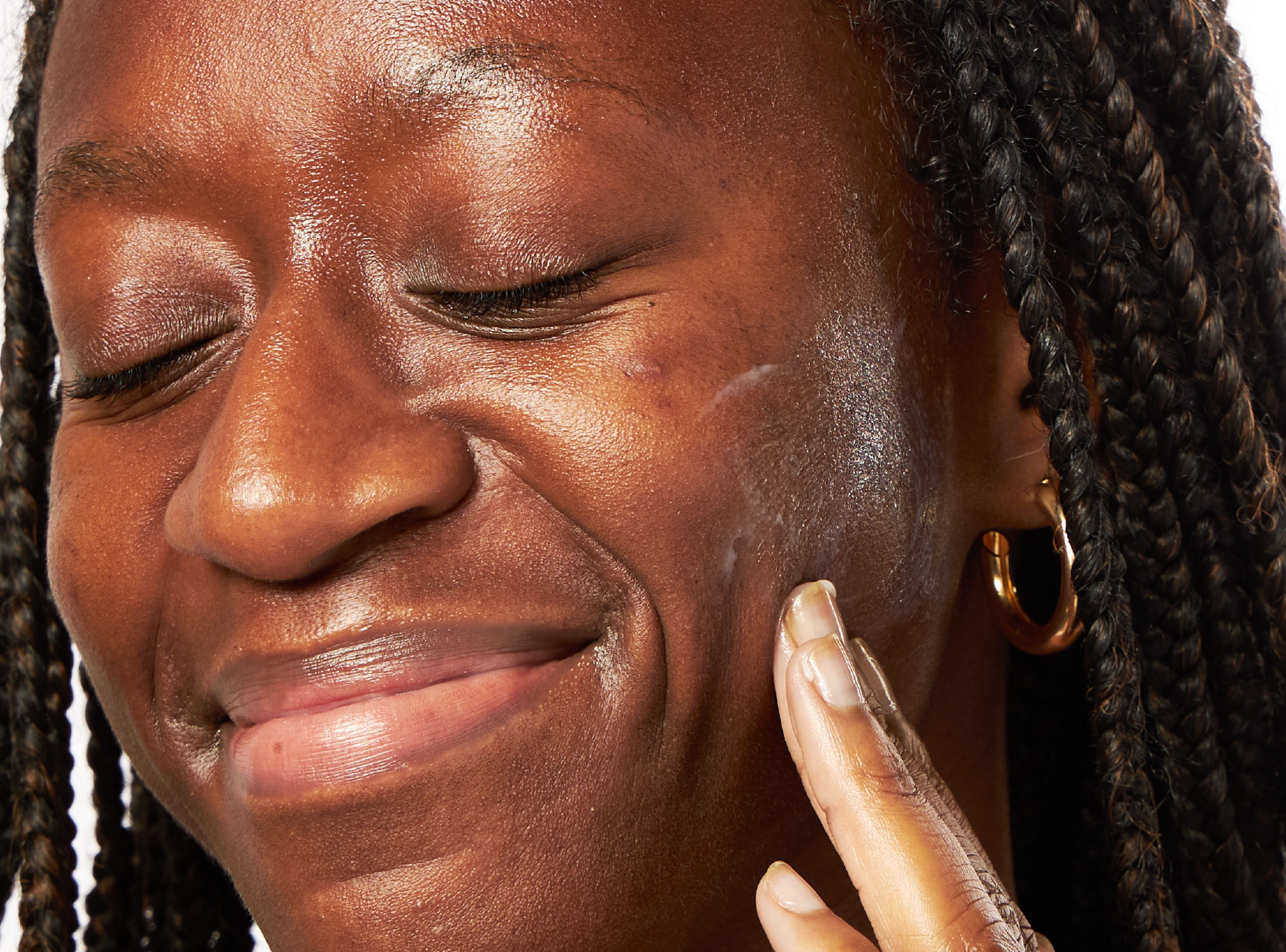Apostrophe's Service
How To Get the Most Out of Your Apostrophe Medication
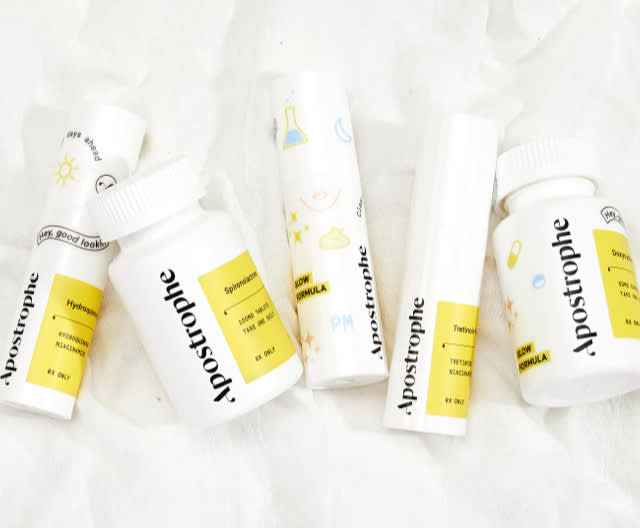
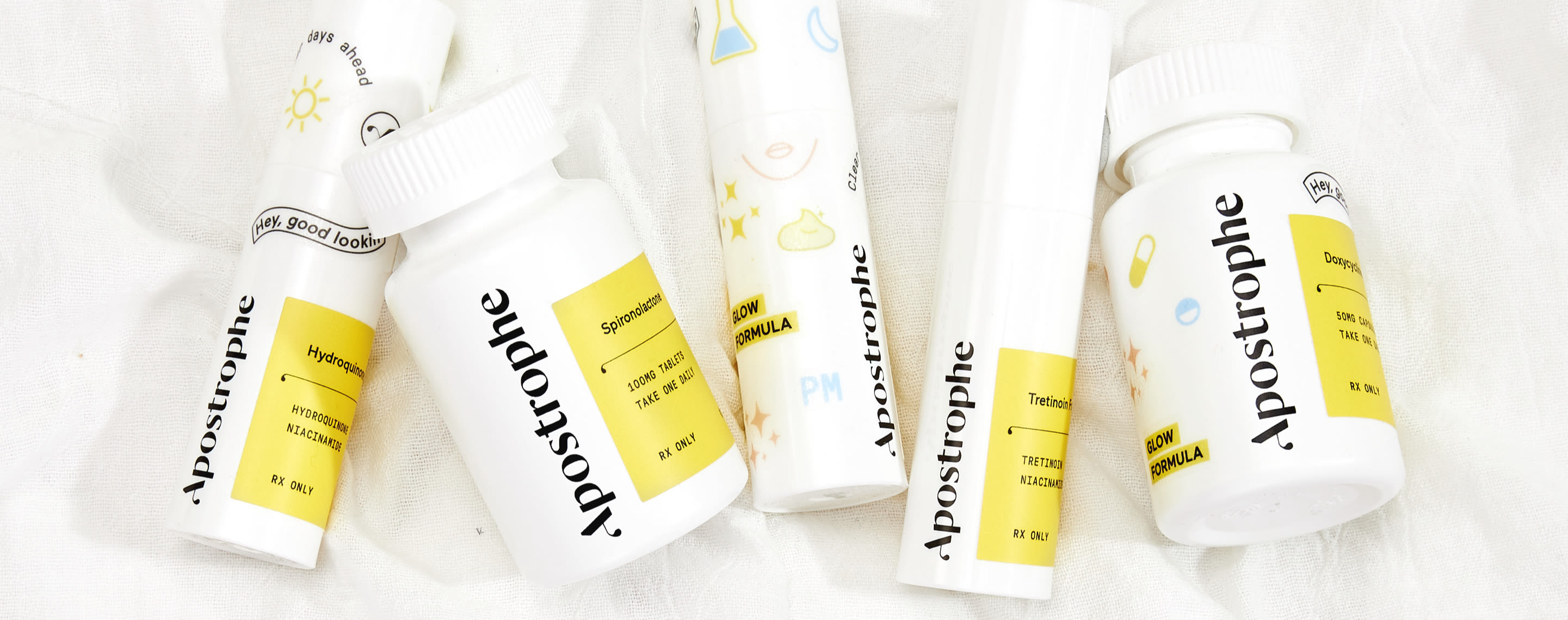
SHARE
Apostrophe's Service
How To Get the Most Out of Your Apostrophe Medication
Medically reviewed by Aimee Paik, MD
Written by Lisa Guerrera
Last updated 8/1/2024
So you’ve got your Apostrophe medication in hand and you’re eager to start your journey to clear skin, but how do you make the most out of this experience? After endless days of researching prescription skin care online, it’s exciting to finally have products in hand that are clinically proven to clear acne. However, it can be tricky to get started with prescription medication so we’ve synthesized our top tips from Dr. Aimee Paik on how she counsels her patients when they start acne treatment.
📆 Ease into your topical medications
When starting prescription treatment for the first time, there is a risk your skin will get irritated for the first few weeks of treatment. Dr. Paik recommends: “I always emphasize… to start out slowly using it just a few times a week and then building up as tolerated.” This helps minimize the risk of side effects like uncomfortable irritation and flaking.
💦 Use with moisturizer
Moisturizer (and sunscreen!) is one of the most important skincare products to use with your prescription treatment since your treatment may dry out your skin. If you are dealing with dry or sensitive skin Dr. Paik recommends: “...apply your Apostrophe medication 10 minutes after your moisturizer at night if you’re experiencing any dryness.”
🧴 Use half a pump of medication
Less is more! We often see patients using a full pump of medication, which is often too much product. This can further irritate your skin, making it more difficult to adjust to your new prescription. Always listen to the guidance your provider gives you on usage. Here is how Dr. Paik counsels patients: “I let patients know to make sure to apply a pea-sized amount (~½ pump) to the face at bedtime.” She also has a strategy for evenly distributing product across the face, “I instruct them to dot the pea onto their forehead, cheeks and chin and to spread evenly avoiding the eyelids and corners of the nose and mouth.”
💊 Set reminders, take with food, and stay hydrated
Oral medications can be intimidating for some but can be life-changing for many people when topicals on their own don’t cut it. Apostrophe oral medications can be used short-term like doxycycline for inflammation or long-term like spironolactone for hormonal acne. These medications work best when taken consistently. Our top tips to stay consistent and minimize side effects is to:
Set a daily reminder on your phone to ping you when it’s time to take your pills. You can also time it with things you do every day like when you eat dinner.
Speaking of food, to minimize potential for stomach aches, take your oral medication with food.
Lastly, don’t forget to keep hydrated! Medications like spironolactone are diuretics which can lead to faster dehydration so always ensure you’re drinking enough water.
👀 Your medications won’t work if you don’t use them
“I let a lot of my patients know that their medications won’t work if they don’t use them! Having them sit on your shelf or countertop will not make their acne get better,” Dr. Paik explains. Tough love! But we all need to hear it. Oftentimes folks can get nervous to start medication, but we want to make it as inviting as possible. A tip from the Apostrophe team? Decorate your bottle with our stickers to make you feel more excited to use it every day. Seeing a nicely decorated bottle in your medicine cabinet can make your prescription a bit more fun and inviting to use!
This all seems like a no-brainer but consistency with medication use is key! Dr. Paik explains, “you have to be diligent and consistent with your treatment plan for acne to improve.”
✨ Once your skin is clear? Don’t stop there!
When you finally start clearing up, it can be tempting to reduce your medication usage but Dr. Paik cautions against getting too comfortable. “I let my patients know that it’s important to continue to use their topical medications once their skin is clear to prevent breakouts. Unfortunately, acne tends to be a chronic disease and there is no easy cure that will make acne go away and stay away forever. Especially, for adult acne, continued topical treatment is important to keep acne under control long term.”
Also, don’t forget the other benefits prescriptions like Tretinoin and Azelaic Acid can have! Both can help with hyperpigmentation, acne scarring, and wrinkle formation long term.
Shop this post
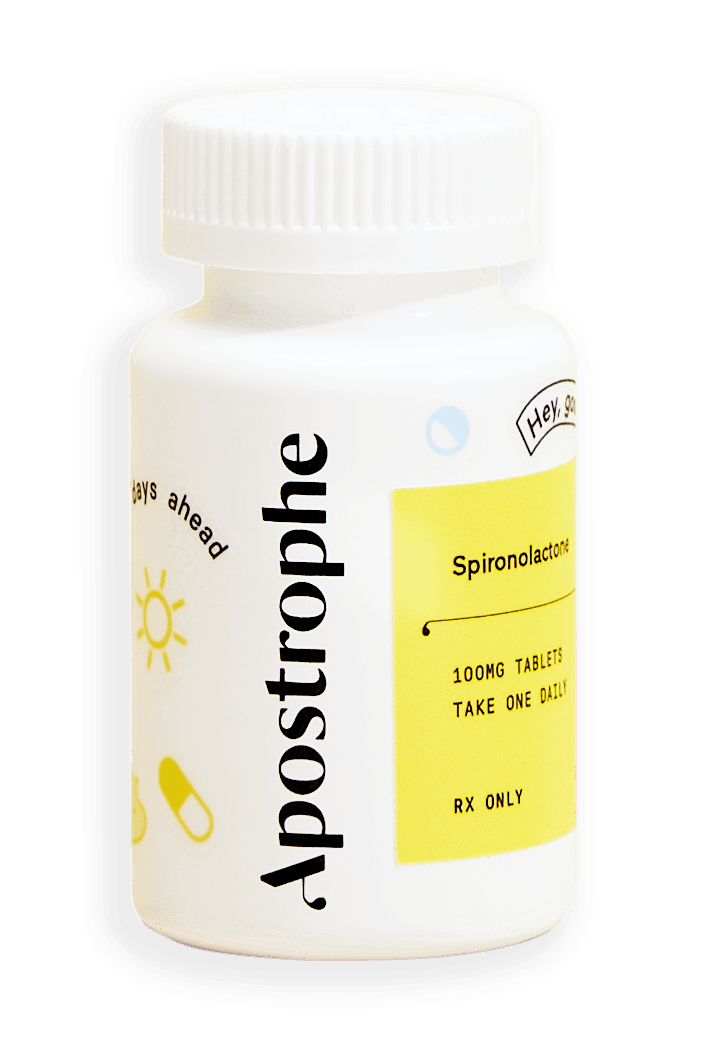
Oral Spironolactone

Oral doxycycline

Tretinoin

Finacea (azelaic acid)
Like what you just read? Sign up for our email list to get the scoop on skincare science delivered straight to your inbox.

Deep Dives
A dermatologist shares his thoughts on the recent studies about benzoyl peroxide and benzene.
Read More
Education
What is milia?
What is milia? Today, we’re jumping into one type of bump that you may have heard about most commonly in infants — milia.
Read More
Education
Best moisturizer for acne-prone skin
If you have combination acne-prone skin, figuring out which moisturizer is best for your skin might be tough. In this guide, we break down the best moisturizer for combination, acne-prone skin.
Read More